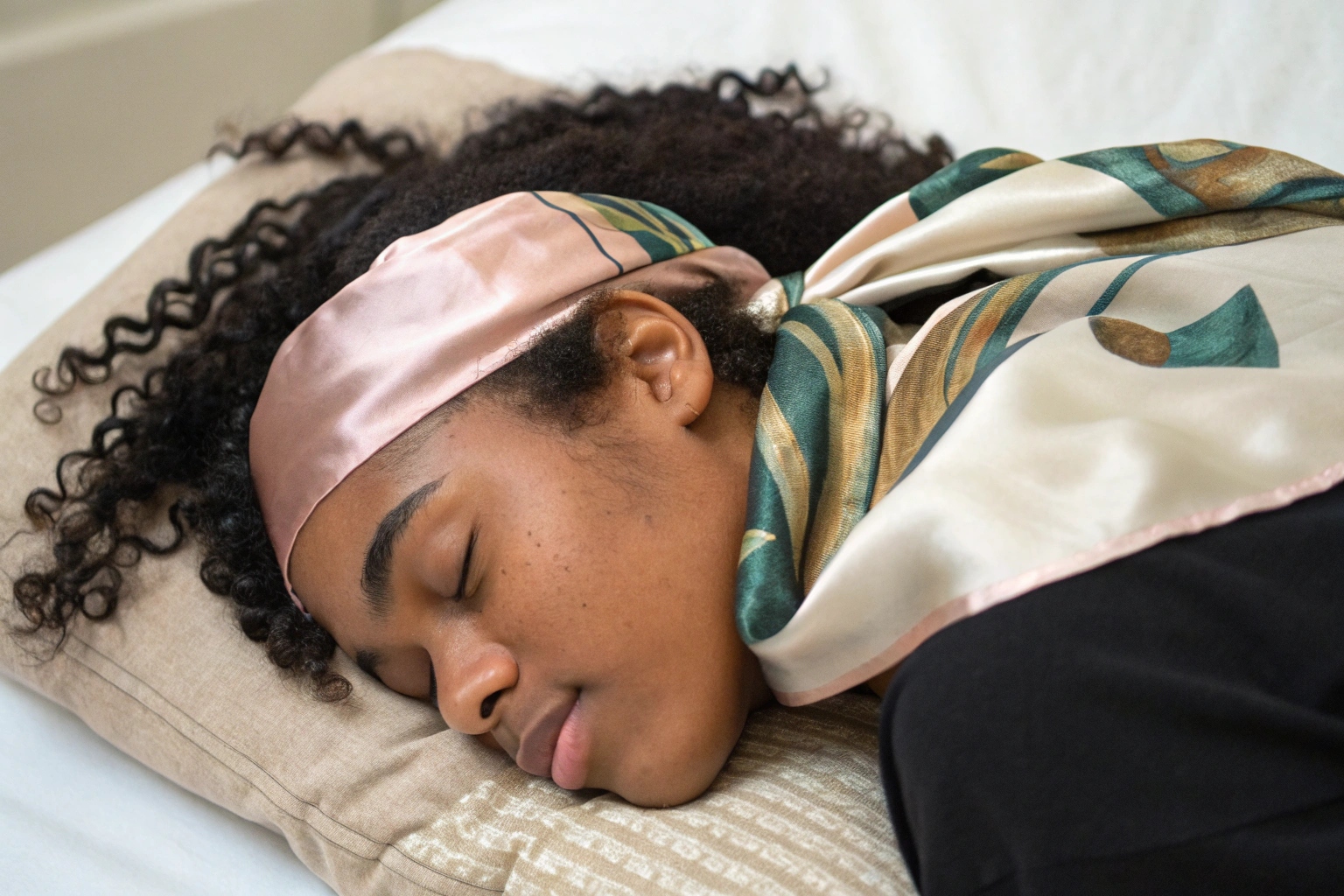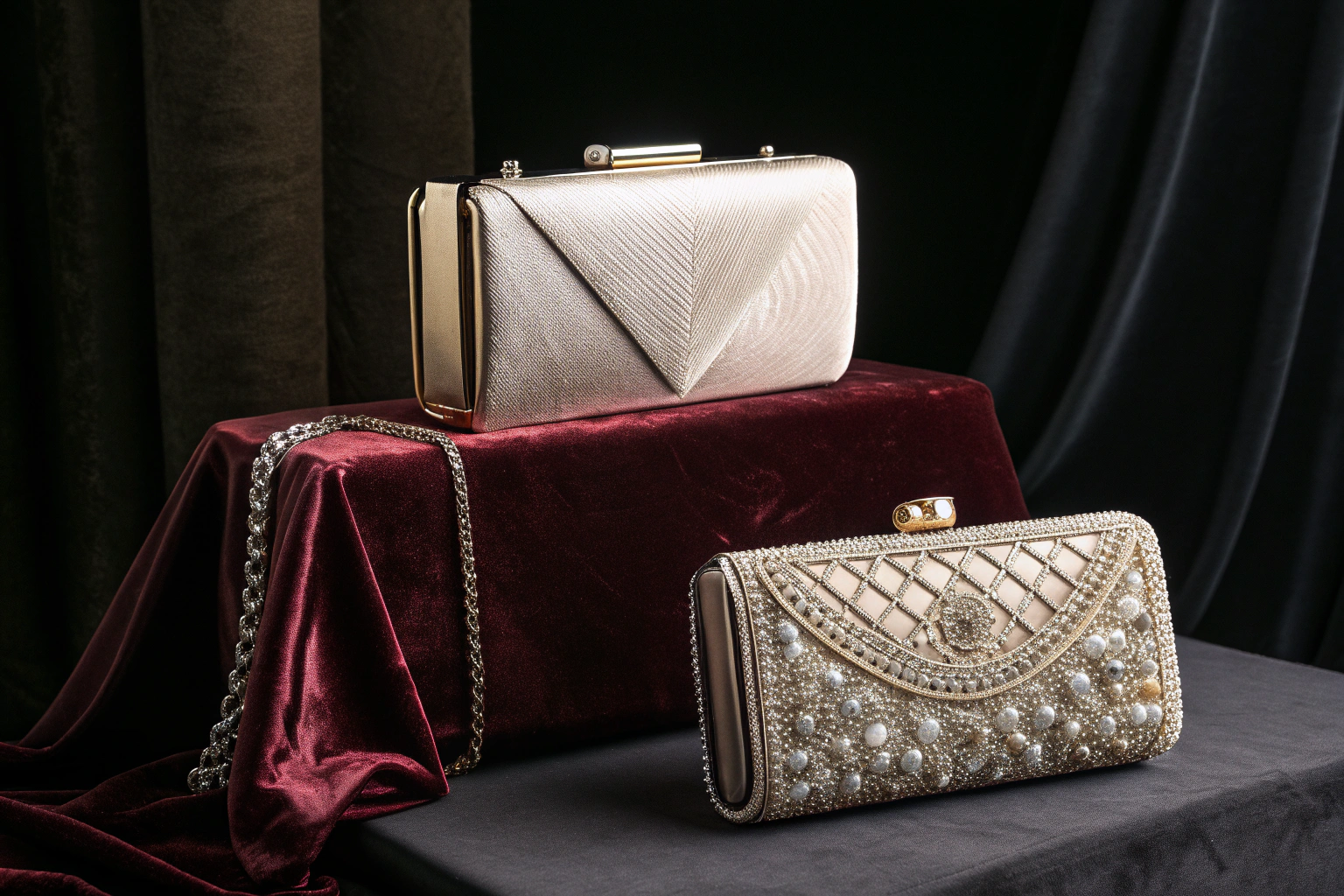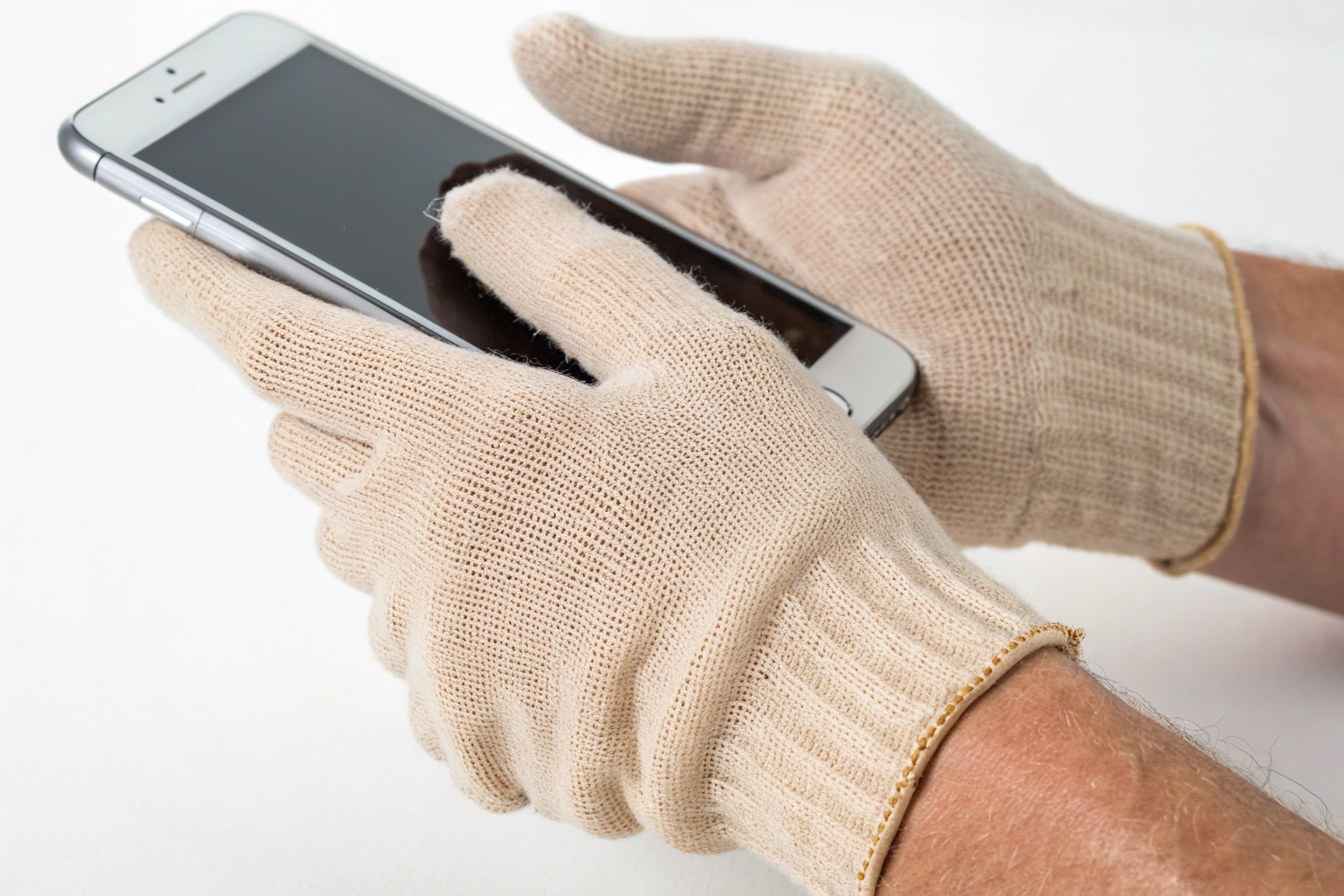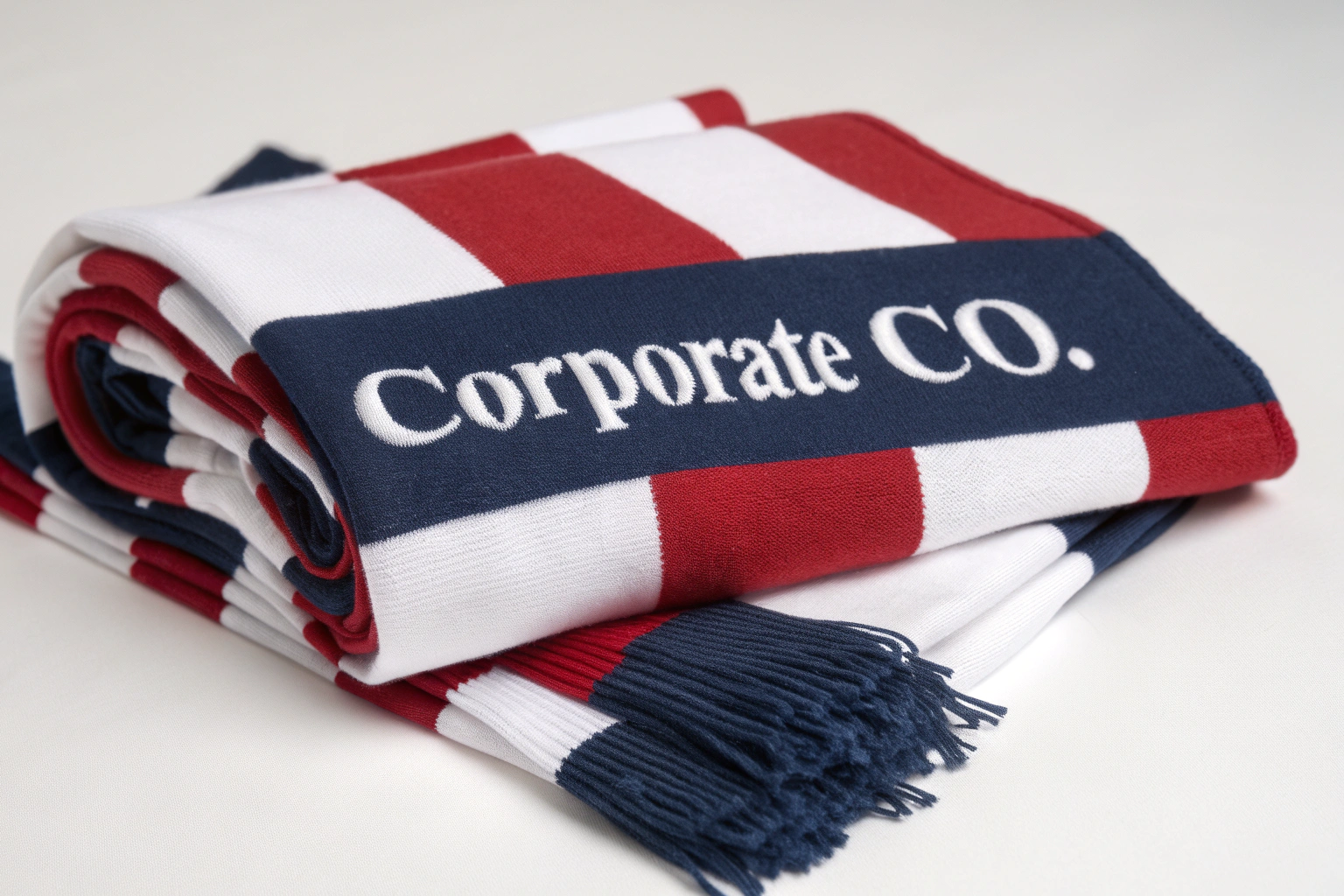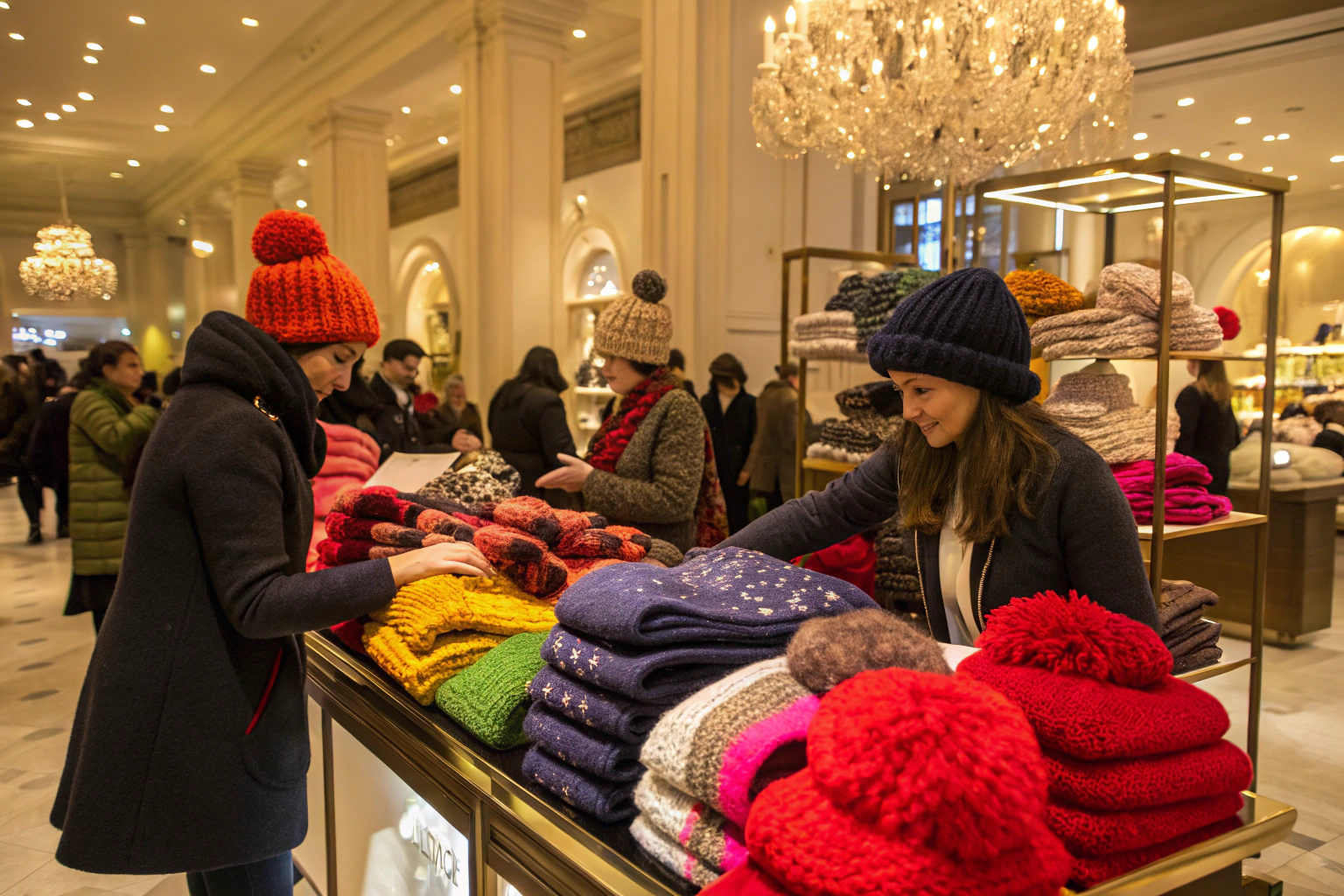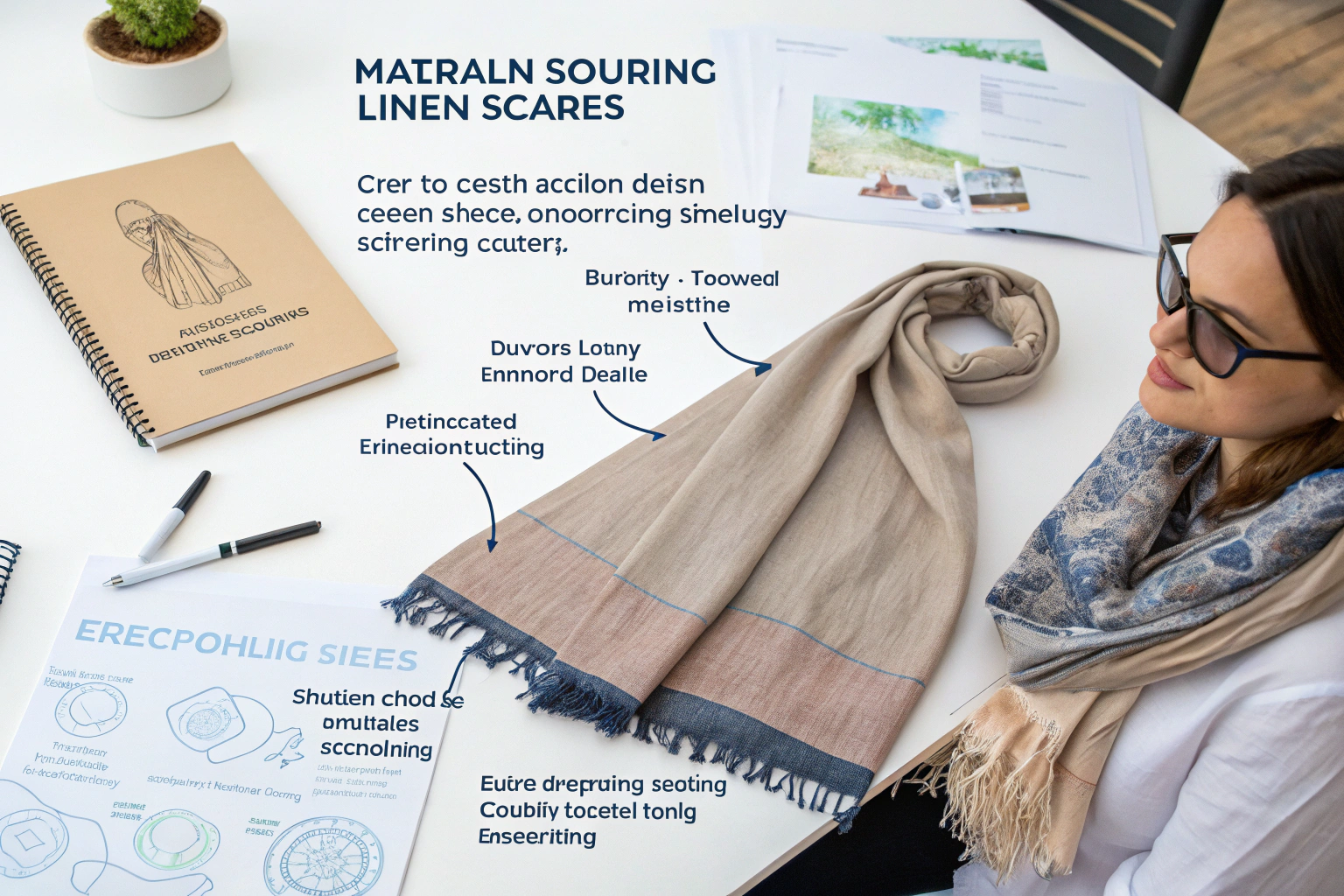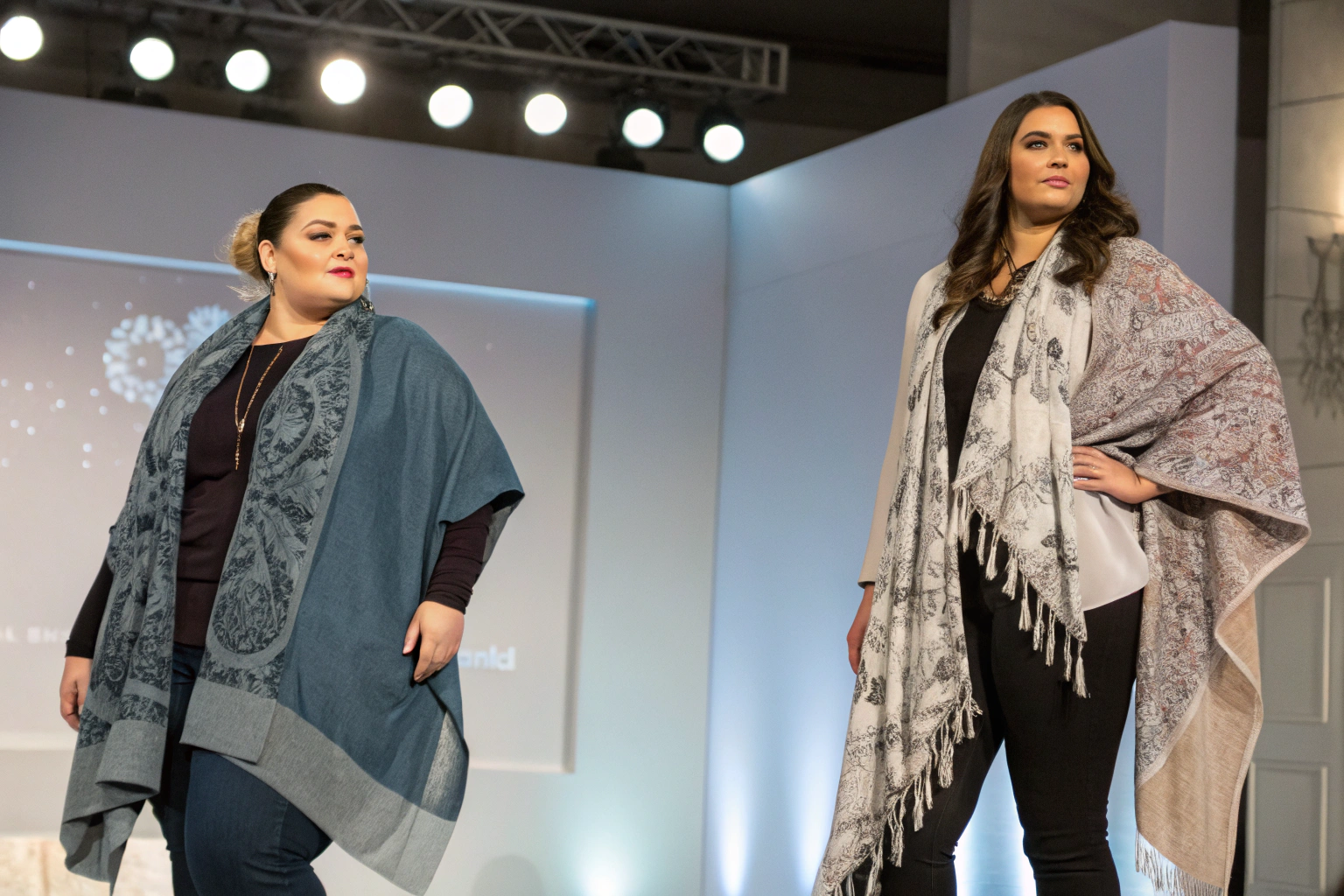Tired of waking up to tangled clip-ins or sore spots on your scalp? Proper nighttime care keeps your extensions looking fresh while ensuring comfort.
To sleep with clip-in extensions safely, either remove them nightly or secure them properly by braiding, using silk protection, and selecting the right sleeping position. This prevents matting, reduces tension on natural hair, and maintains the extensions' quality for longer wear.
Discover the best practices for overnight extension care, from ideal sleep positions to protective hairstyles that keep both your natural hair and extensions healthy.
Best Sleeping Positions for Clip-Ins
Your sleep posture significantly impacts how well your extensions survive the night.
The safest sleeping positions for clip-in wearers are:
- Back sleeping (least friction)
- Side sleeping with hair pulled up (reduced rubbing)
- Modified stomach position (head turned, hair flowing freely)
Avoid:
- Face-down sleeping
- Hair trapped under body
- Tight pillow friction

Position Comfort Guide
| Position | Extension Safety | Comfort Level | Recommended? |
|---|---|---|---|
| Back | ★★★★★ | ★★★★☆ | Best |
| Side (hair up) | ★★★★☆ | ★★★☆☆ | Good |
| Stomach (modified) | ★★★☆☆ | ★★☆☆☆ | Caution |
| Face Down | ★☆☆☆☆ | ★☆☆☆☆ | Avoid |
| Fetal (hair trapped) | ★★☆☆☆ | ★★☆☆☆ | Not Ideal |
Pillow Considerations
Best options:
- Silk pillowcase (reduces friction)
- Memory foam (gentler pressure)
- Wedge pillow (keeps head elevated)
- Avoid rough cotton
- Replace every 2 years
Nighttime Hair Extension Care Routine
A proper bedtime routine prevents damage and extends your clip-ins' lifespan.
Essential nightly steps:
- Detangle gently (wide-tooth comb)
- Apply light serum (to ends only)
- Secure properly (braid or loose bun)
- Protect with covering (silk scarf/cap)
- Check clips (ensure secure but not tight)
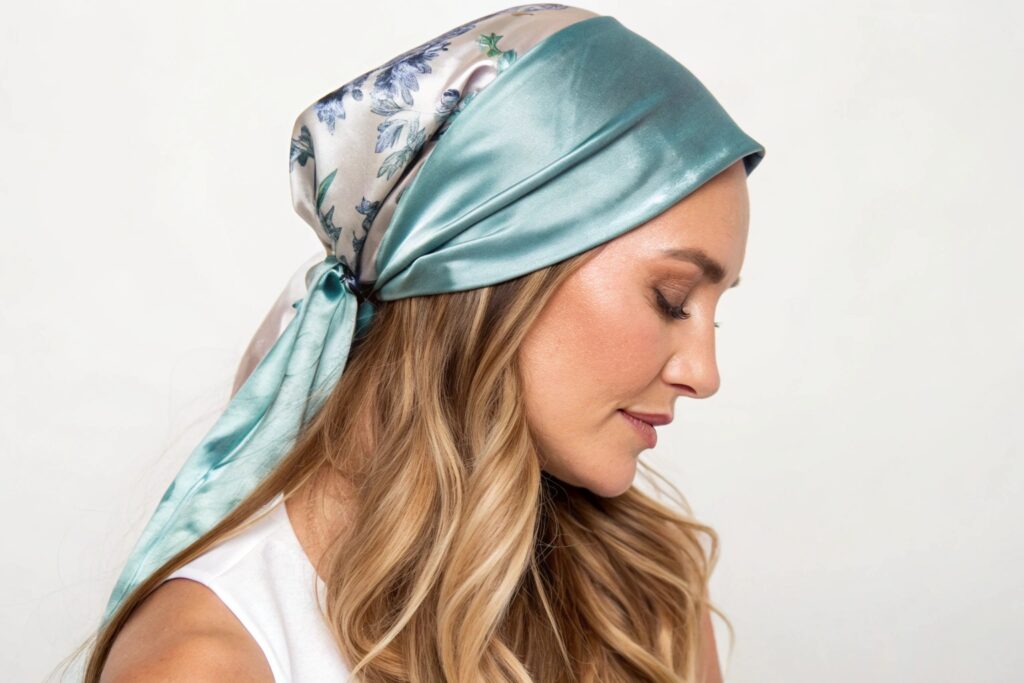
Step-by-Step Night Care
1. Detangling (5 min)
- Start from ends
- Use leave-in conditioner
- Hold hair above wefts
2. Moisturizing (2 min)
- Lightweight oil
- Focus on ends
- Avoid roots/clips
3. Styling (3 min)
- Loose braid(s)
- Soft hair tie
- Silk scrunchie
4. Protecting (1 min)
- Silk bonnet
- Or loose scarf
- Secure comfortably
Products to Use & Avoid
Recommended:
- Silk sleep caps
- Satin scrunchies
- Lightweight oils
- Wide-tooth combs
- Extension-safe serum
Avoid:
- Cotton hair ties
- Heavy creams
- Alcohol-based products
- Tight elastics
- Rough brushes### Step-by-Step Night Care
1. Detangling (5 min)
- Start from ends
- Use leave-in conditioner
- Hold hair above wefts
2. Moisturizing (2 min)
- Lightweight oil
- Focus on ends
- Avoid roots/clips
3. Styling (3 min)
- Loose braid(s)
- Soft hair tie
- Silk scrunchie
4. Protecting (1 min)
- Silk bonnet
- Or loose scarf
- Secure comfortably
Products to Use & Avoid
Recommended:
- Silk sleep caps
- Satin scrunchies
- Lightweight oils
- Wide-tooth combs
- Extension-safe serum
Avoid:
- Cotton hair ties
- Heavy creams
- Alcohol-based products
- Tight elastics
- Rough brushes
Comfy Headwear to Protect Extensions
The right nighttime cover prevents tangles while keeping you comfortable.
Best protective headwear includes:
- Mulberry silk bonnets (22 momme)
- Adjustable satin caps (with elastic band)
- Extra-large scrunchies (for pineappling)
- Slip silk turbans (breathable)
- Custom-sized wraps (for clip-in placement)
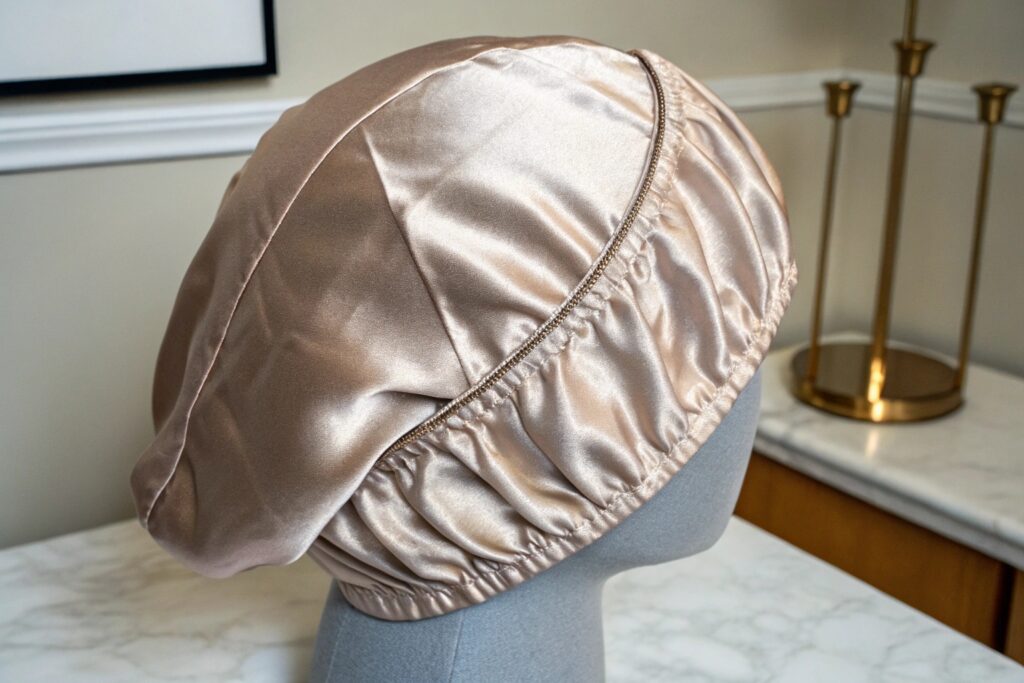
Headwear Comparison
| Type | Protection Level | Comfort | Price Range |
|---|---|---|---|
| Silk Bonnet | ★★★★★ | ★★★★☆ | $25-$50 |
| Satin Cap | ★★★★☆ | ★★★★★ | $15-$30 |
| Turban | ★★★☆☆ | ★★★★☆ | $35-$65 |
| Scrunchie | ★★☆☆☆ | ★★★★★ | $10-$25 |
| Wrap | ★★★★☆ | ★★★☆☆ | $20-$45 |
Choosing the Right Size
- Petite: 18-20" circumference
- Average: 20-22"
- Large: 22-24"
- Extra Large: 24"+
- Clip-in specific: Extra depth
How to Secure Loose Clip-Ins Overnight
Leaving clips in requires special precautions to prevent damage.
To safely sleep with clip-ins attached:
- Loosen slightly (reduce tension)
- Create loose braid (single or double)
- Apply silk scarf (over braid)
- Use satin pillowcase (extra protection)
- Check morning tension (adjust as needed)
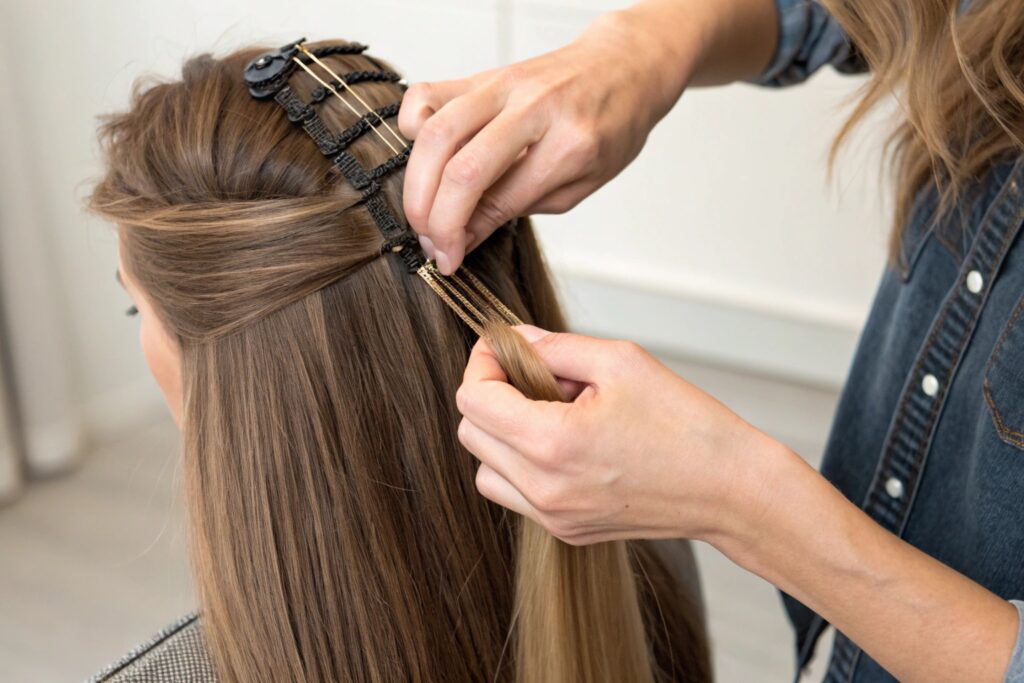
Braiding Techniques
Most protective styles:
-
- Gather all hair
- Braid gently
- Tie with silk scrunchie
-
- Part down middle
- Braid close to head
- Secure ends
-
- Soft twist
- Loose coil
- Silk-covered elastic
Morning Checklist
After sleeping with clips:
- Check scalp tenderness
- Inspect clip teeth
- Detangle gently
- Assess weft condition
- Air out if sweaty
Conclusion
Sleeping with clip-in extensions requires careful preparation but can be done comfortably with the right techniques. Whether you choose to remove them nightly or sleep with them secured, prioritizing silk protection, gentle styling, and proper tension ensures both your natural hair and extensions stay healthy and beautiful.

